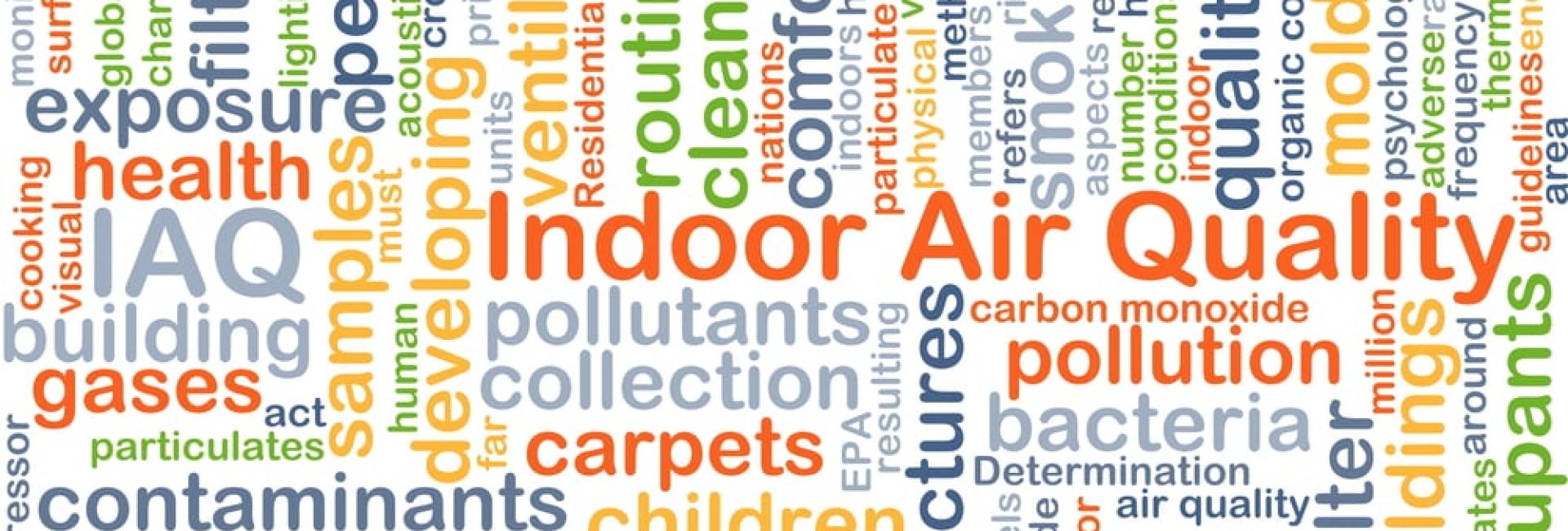Indoor Air Quality and Why It’s Important to Your Family

Did you know asthma, emphysema, and other respiratory problems can be directly related to the quality of air you breathe? Most people think air pollution is strictly an outdoor concern, but the truth is indoor air quality is just as important as you spend more time in your home than anywhere else. Indoor air quality is often neglected by homeowners who instead focus on maintaining their HVAC system; but what many don’t realize is that there are a number of ways your home’s air quality can become compromised.
According to epa.gov, the following is a list of pollutant sources that can impact your indoor air quality:
Add in the standard dust and debris floating around most duct systems and you’ve got quite a few things to worry about.
Although a lot may seem to threaten your indoor air quality, there’s a lot that homeowners can do to help prevent problems from arising.
Carbon monoxide (CO) is something every homeowner should be mindful of. This odorless and colorless gas is toxic, and because you can’t see, smell, or taste it, CO can build up over time, resulting in illness or even death. This is why installing a carbon monoxide detector is so important.
There are many different sources of CO in the home, including:
If any of these sounds like issues you might worry about, install a CO detector as soon as possible. This is the best form of CO-related death prevention there is, along with ensuring your appliances receive the proper maintenance and care.
Exhaust vents or any ductwork that connects to the outside is at risk of blockage. Dead leaves, overgrown weeds/bushes, and debris can all impair the flow of air. This allows things to settle in the ducts and causes the system to work harder. By removing any obstructions on the exterior of your home, you can better ensure that your vents work as intended.
Not only do you have to worry about the pollutants being created and kept indoors, but there are outside pollutants as well. Although you should have your vents cleared, other openings—airways or cracks where outside air can flow into your home—are unwanted. Doors, windows, and vents should all be checked for incomplete or absent seals. Things like caulking and weather stripping can be used to seal these openings to prevent not only outdoor pollutants from entering your home, but lost heat or cooling.
Ducts are the perfect place for dust and debris to collect. In fact, a large portion of the household dust you encounter on a daily basis is actually coming from your heating and cooling vents. For homes that have been lived in without having their ductwork cleaned, the inside of those ducts end up looking like the interior of a vacuum cleaner bag—filled with bacteria, allergens, soot, debris, and dust.
Ressler & Mateer offers professional duct cleaning services that include the following:
Using specialized duct cleaning equipment our certified, experienced technicians can clean your ductwork to improve your home’s indoor air quality, reduce allergens, and improve the efficiency of your HVAC system. Contact us today to learn more about how we can help improve the quality of your indoor air with our duct-cleaning service.
Share this post: